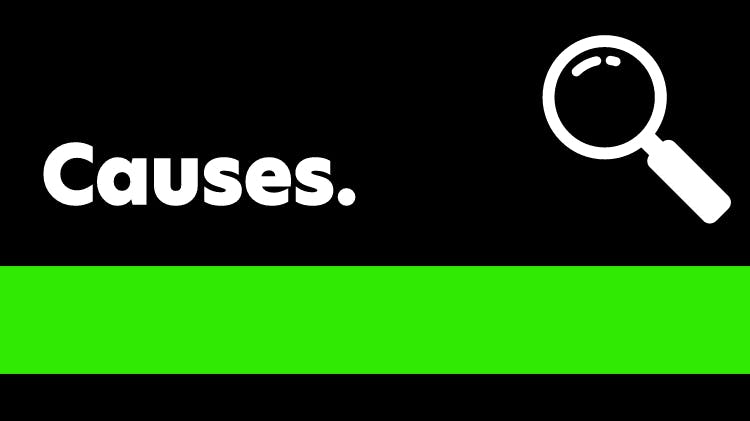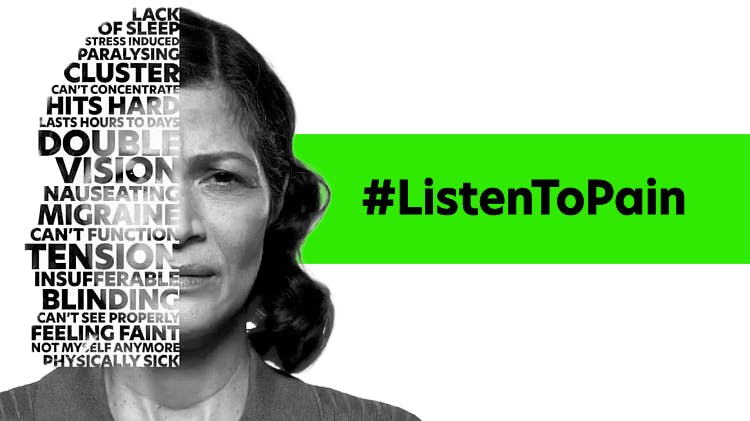Signs & Symptoms of Back Pain

Back pain usually comes along with symptoms that are highly recognizable despite resulting from a number of causes. General stiffness, shooting pains, or localized pains that worsen when patients move their backs are all classic symptoms of back pain. It’s important to thoroughly discuss these symptoms with your patients as you work towards delivering diagnoses and treatment plans that can help to get them back on track. See below for quick tips and references that will help you to better discuss and assess your patients’ back pain symptoms.
Explore related content


Listen To Pain
Explore our tools like the Patient Pain Tracker, designed to help improve patient conversations.


Advil Dual Action Back Pain
Explore Advil Dual Action Back Pain, an FDA-approved combination of acetaminophen and ibuprofen that provides 8 hours of back pain relief.

NEW Advil Targeted Relief
Learn more about the first topical pain reliever from Advil that starts working on contact for up to 8 hours of relief.

Advil Dual Action
Explore Advil Dual Action, an effective combination of ibuprofen and acetaminophen that fights pain in 2 ways.